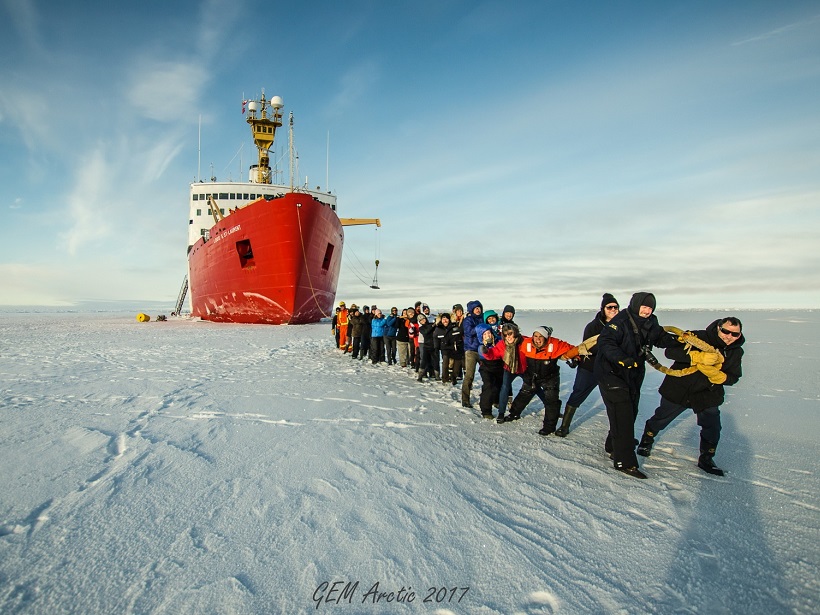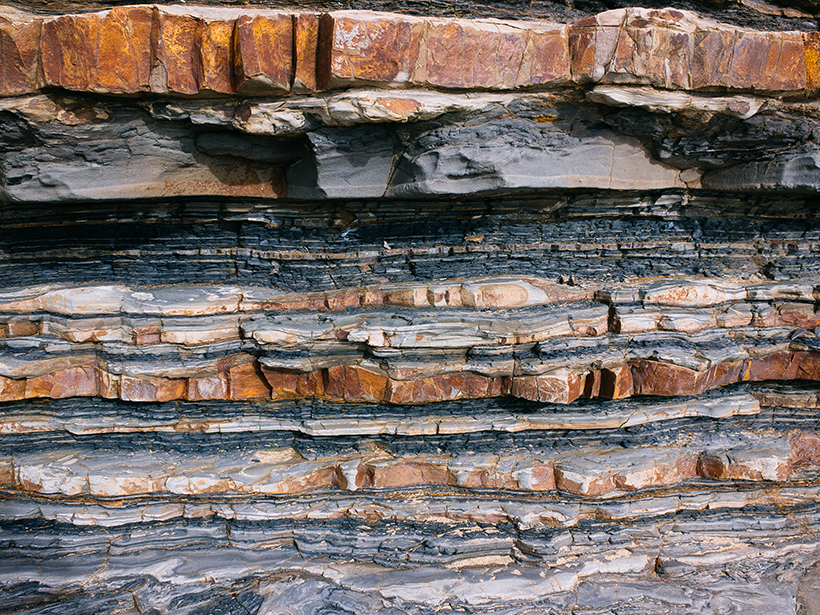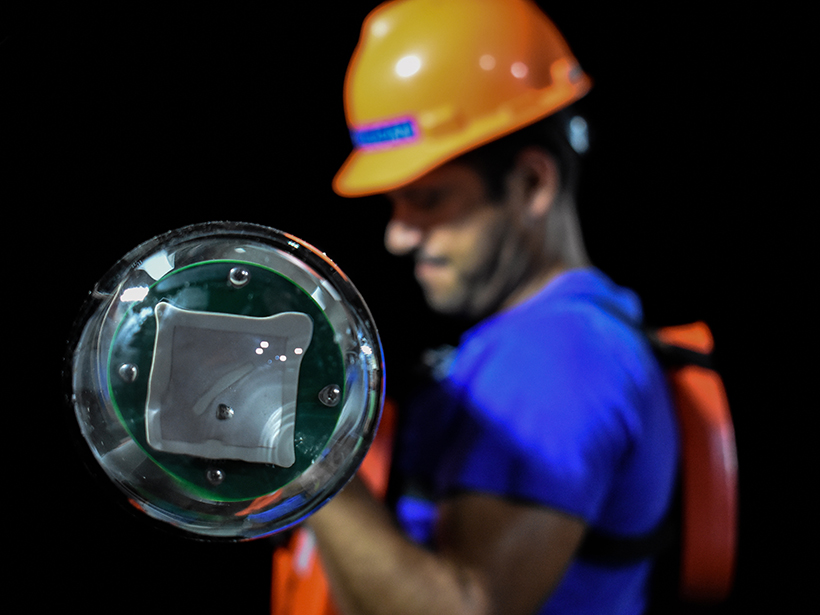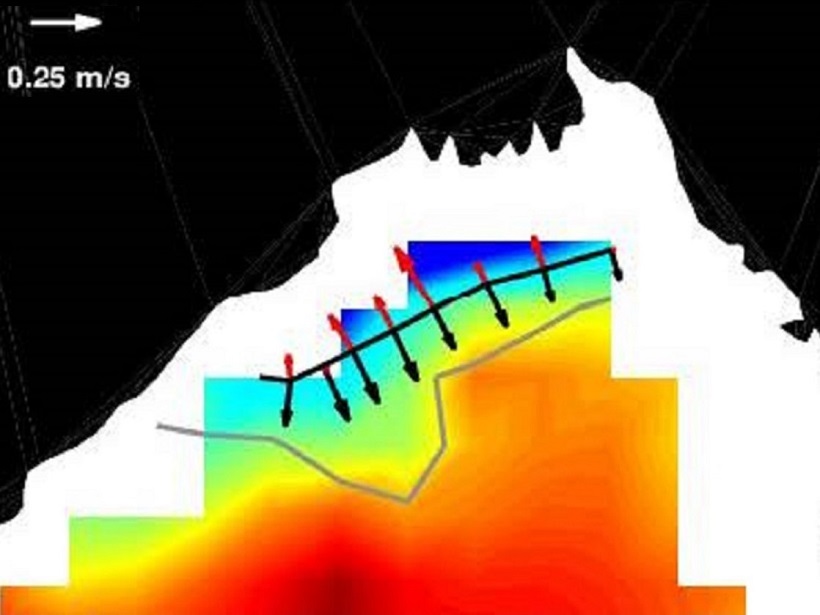A new special collection in JGR: Oceans presents results from studies of the Beaufort Gyre, an oceanic circulation system in the Arctic that has far-reaching influence on the global climate.
ocean circulation
North Atlantic Circulation Patterns Reveal Seas of Change
New evidence suggests the eastern Atlantic may be the site of major overturning.
Atlantic Overturning Circulation Questions Abound
International AMOC Science Meeting; Miami, Florida, 24–27 July 2018
Waves of Deadly Brine Can Slosh After Submarine Landslides
Brine pools—hypersaline, low-oxygen waters deadly to many forms of ocean life—can experience waves hundreds of meters high when hit by a landslide, potentially overspilling their deep-sea basins.
Climate Change and Sea Level Rise in the Mediterranean
1st National Workshop on Climate Change and Sea Level Rise in the Mediterranean; Rome, Italy, 5–6 July 2018
How Do Turbidity Currents Accelerate?
Flume experiments show that a self-reinforcing cycle can strengthen the currents responsible for transporting large amounts of sediment to the deep oceans.
Radionuclide Data from GEOTRACES Improve Particle Flux Estimates
New measurements of multiple radionuclides in the Atlantic Ocean offer a robust constraint on the sinking flux of particles and associated vertical fluxes of biogeochemically important elements.
A Comprehensive Estimate on the Entropy Budget in the Ocean
An analysis of the energy budget in the ocean estimates the Carnot work to be 110 terawatts and the ocean’s Carnot efficiency to be 0.86%.
Deep Floats Reveal Complex Ocean Circulation Patterns
Acoustically tracked floats drift far below the ocean’s surface, providing fresh discoveries about deep-sea currents. A new archive gathers decades’ worth of float data into a central repository.
Dispersal of River Water by Ocean Eddies and Shallow Ekman Flow
Low-salinity water from the Ganga-Brahmaputra river is transported by mesoscale eddies in the Bay of Bengal, but when the monsoon winds strengthen, a shallow “Ekman” flow dominates dispersal of water.










